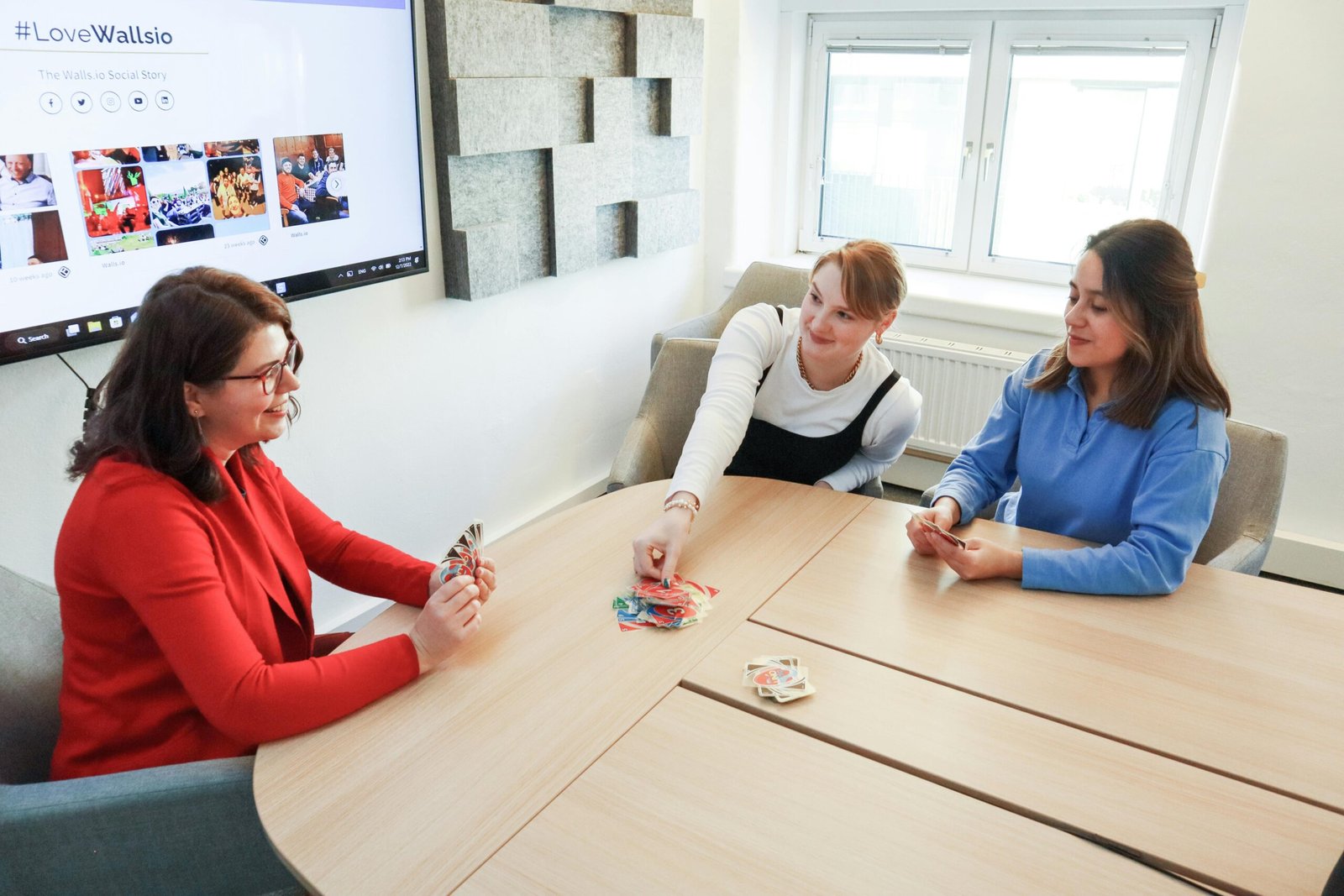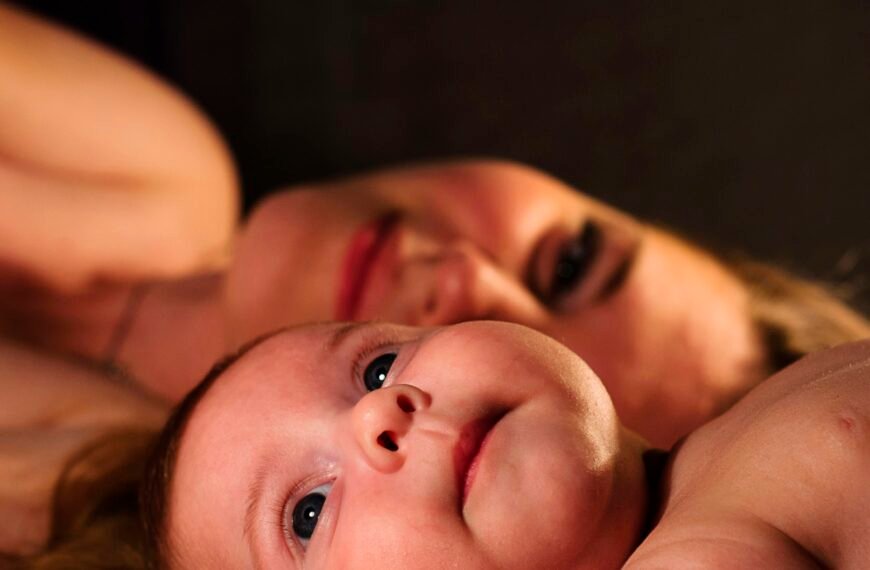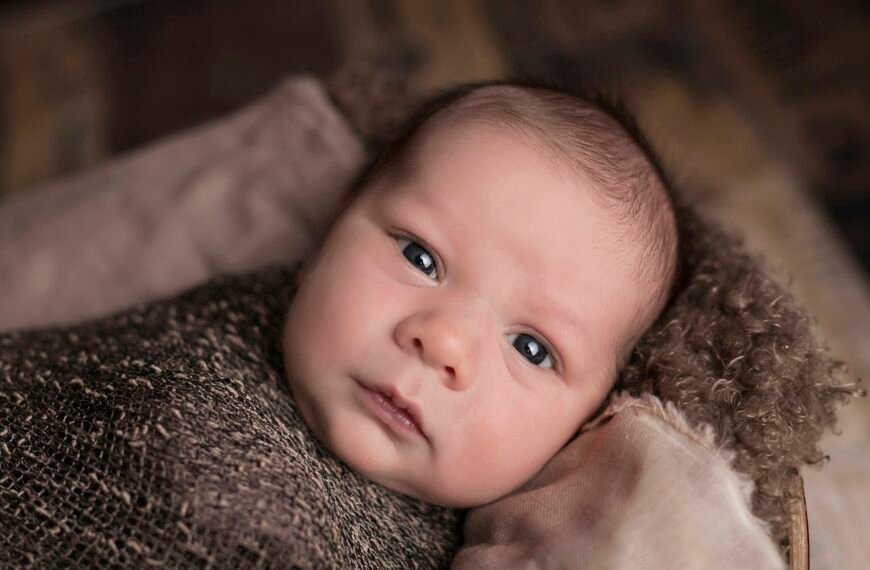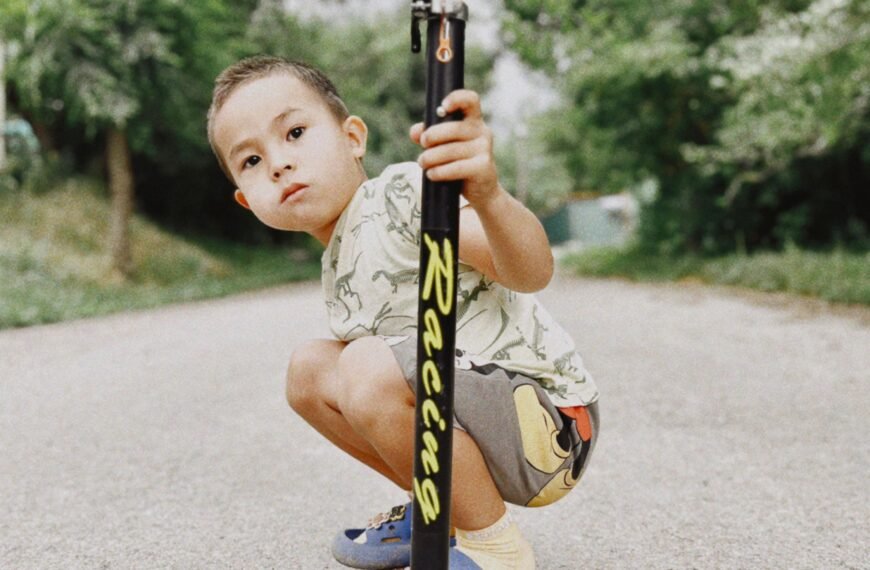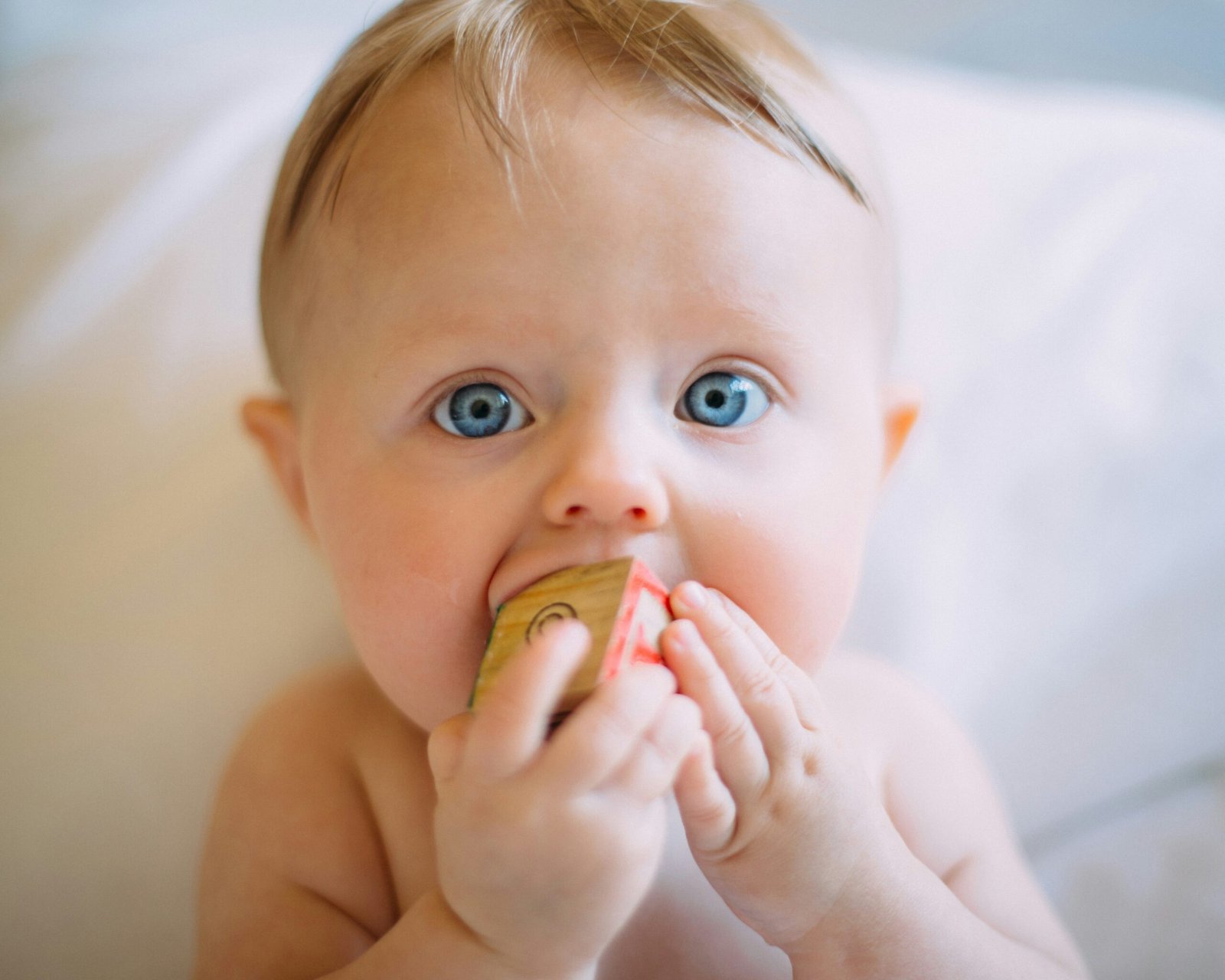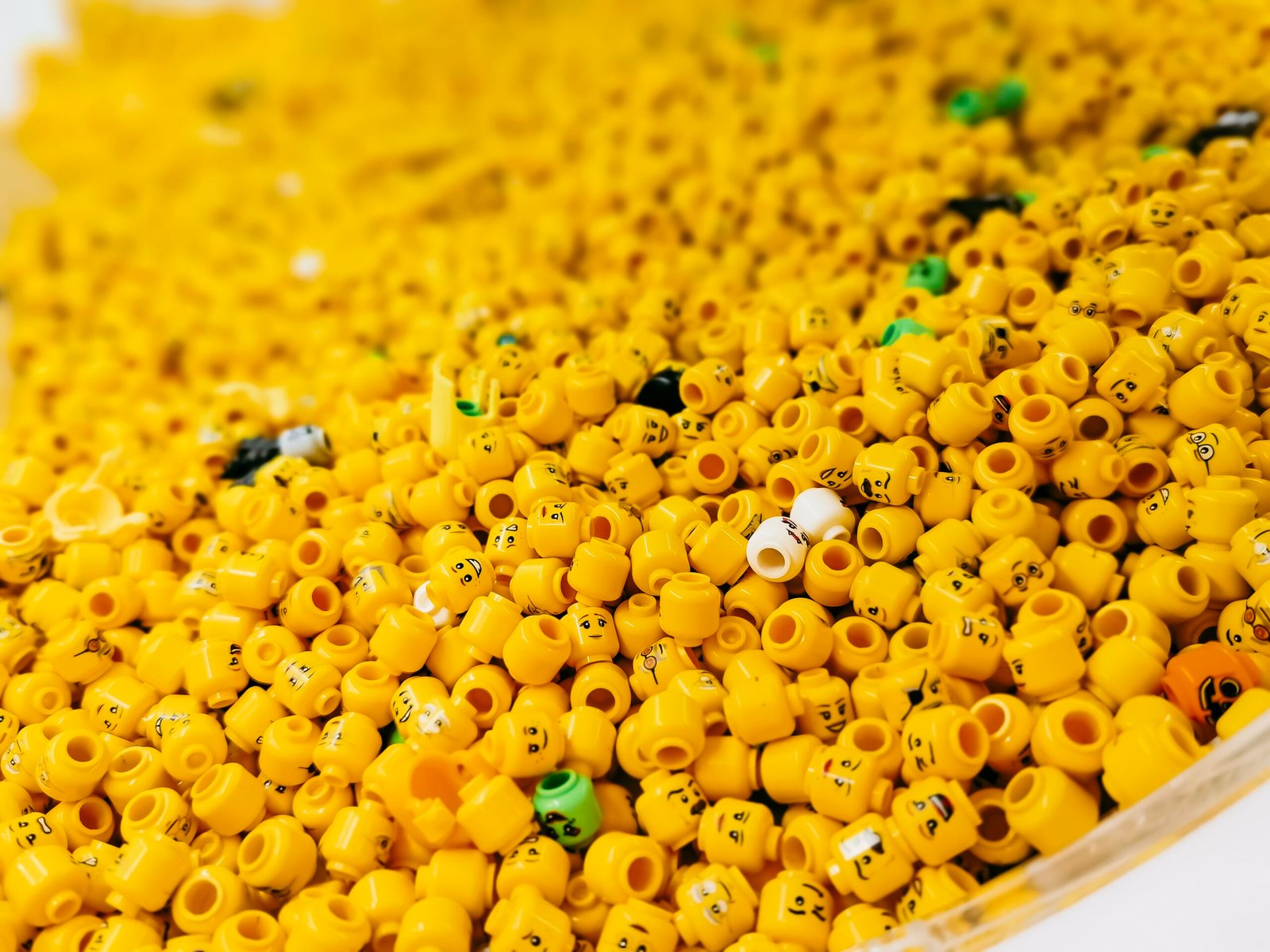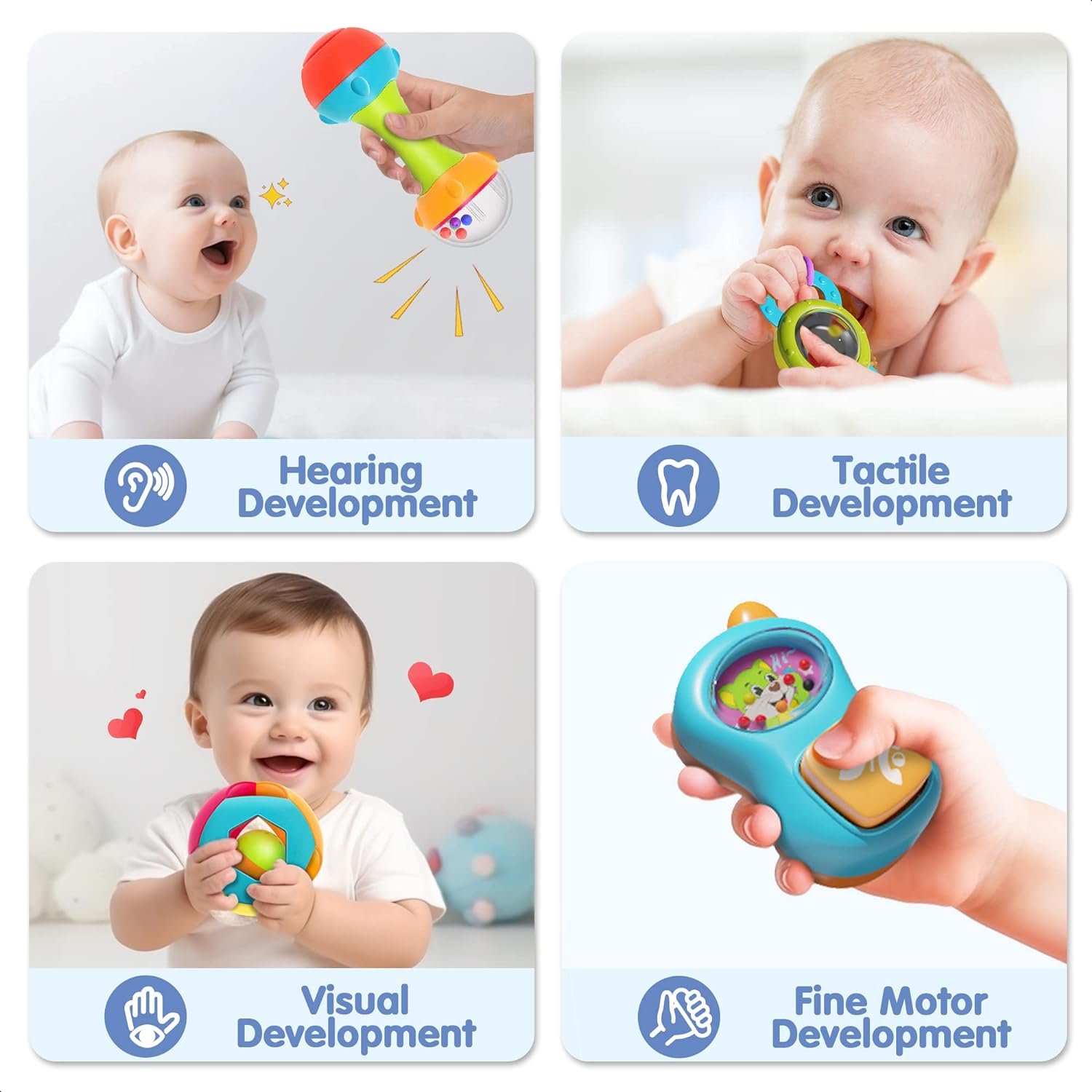Do you ever wonder why babies are so fascinated by toys? It’s not just about having something to keep them occupied. When babies play with toys, they are actually engaging in a whole world of exploration and discovery. From the brightly colored shapes to the different textures and sounds, toys provide a myriad of sensory experiences that help babies learn about the world around them. As they grasp and manipulate objects, their fine motor skills are being developed, and their hand-eye coordination is improving. So, the next time you see a baby happily engrossed in their toys, remember that they are not just playing, they are actively learning and growing.
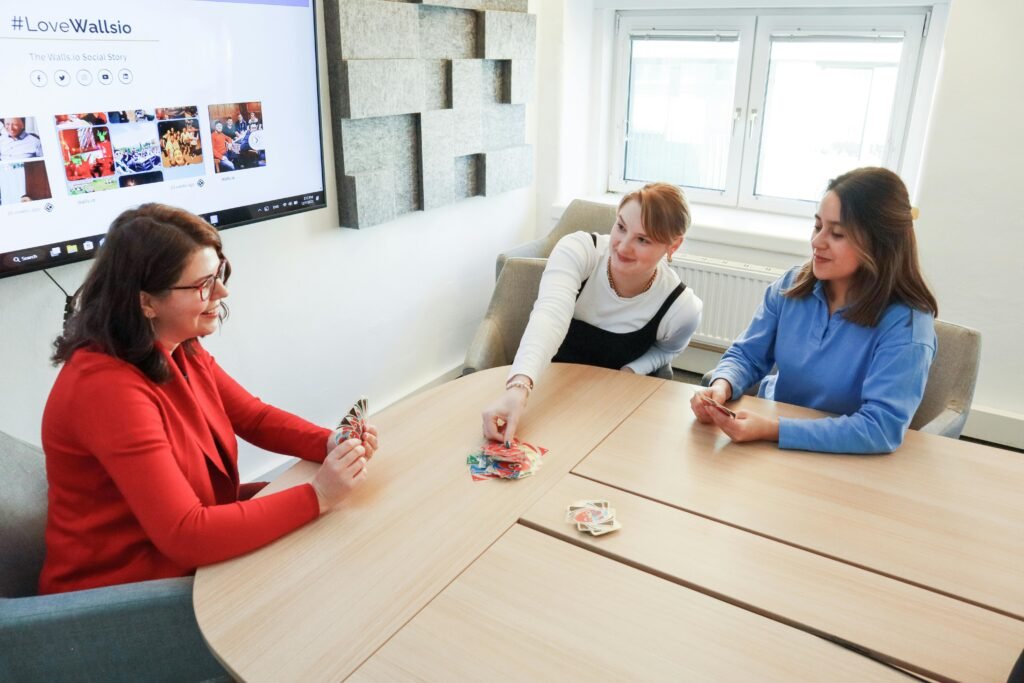
Check Baby Toys Guide & Review
Benefits of Toy Play for Babies
Playing with toys is not just a source of entertainment for babies; it also offers several developmental benefits. Let’s explore some of the key advantages that toy play provides for babies.
Development of Fine Motor Skills
Toys play a crucial role in the development of fine motor skills in infants. By grasping, manipulating, and interacting with toys, babies strengthen the muscles in their hands and fingers. Activities such as picking up blocks, fitting shapes into sorting toys, and stacking cups enhance their hand-eye coordination and dexterity. These skills are essential for later tasks like writing, drawing, and using utensils.
Enhancement of Cognitive Abilities
Playing with toys stimulates babies’ cognitive abilities and encourages their mental growth. Simple toys like shape sorters or stacking toys promote problem-solving and logical thinking skills. They teach babies about shapes, colors, and spatial awareness. Toys with buttons, switches, or moving parts offer opportunities to learn cause and effect relationships. By exploring different toy features, babies develop their cognitive skills and lay the foundation for future learning.
Stimulation of Imagination and Creativity
Toys provide an outlet for babies to unleash their imagination and express their creativity. From stuffed animals to building blocks, toys can become characters in a story or elements of a make-believe world. This imaginative play allows babies to experiment, create scenarios, and explore different roles. It nurtures their creativity, expands their communication skills, and develops their ability to think beyond the obvious.
Improvement in Social and Emotional Skills
Through toy play, babies develop vital social and emotional skills, setting the stage for healthy relationships later in life. Toys help babies understand emotions by representing different facial expressions, such as happy or sad. They also promote empathy, as babies learn to care for their dolls or stuffed animals. Playing with others and sharing toys teach babies valuable social skills like taking turns, cooperation, and problem-solving. These early interactions foster emotional intelligence and create a foundation for positive social behavior.
Promotion of Problem-Solving Skills
Toys that present challenges and encourage problem-solving skills are invaluable for a baby’s development. Puzzles and building blocks, for example, require babies to recognize patterns, think logically, and find solutions. As they engage in these activities, they learn to analyze problems, think critically, and develop perseverance. Through trial and error, babies discover how different pieces fit together or how to overcome obstacles. These problem-solving skills are crucial for their cognitive and intellectual development.
Age-Appropriate Toy Selection
Choosing toys that are suitable for your baby’s age is essential for their safety and optimal development. Here are some age-appropriate toy recommendations for different stages of your baby’s early years:
Infant Toys (0-6 Months)
During the first few months, babies explore their senses, so toys that stimulate their senses are ideal. Soft and cuddly toys, rattles, and mobiles with contrasting colors and gentle sounds capture their attention. Baby-safe mirrors and textured toys with different fabrics also provide sensory stimulation.
Sensory and Textured Toys (6-12 Months)
As babies enter the 6 to 12-month age range, they become more curious and begin to explore with their hands and mouths. Toys with a variety of textures, such as teething toys or cloth books, help them explore and develop their tactile skills. Sensory balls and toys that make crinkling sounds provide additional tactile and auditory feedback.
Cause and Effect Toys (12-18 Months)
Around the age of one, babies start to understand cause and effect relationships. Toys that respond to their actions, like push-and-pull toys or toys with buttons that light up or play music, fascinate them. These toys not only engage their curiosity but also refine their hand-eye coordination and fine motor skills.
Imitative Play Toys (18-24 Months)
Between 18 to 24 months, babies begin imitating the actions they observe. Dolls or stuffed animals become their companions as they mimic caregiving behaviors. Toy telephones or kitchen sets allow them to imitate adults and imagine themselves in various roles, fostering their creativity and social skills.
Puzzles and Building Blocks (2-3 Years)
As your baby progresses to the age of two and beyond, they are ready for more complex toys. Puzzles with larger pieces and building blocks enhance their problem-solving abilities, spatial awareness, and hand-eye coordination. Construction sets that require them to assemble and build structures further stimulate their creativity and fine motor skills.
Safe Toy Recommendations
When selecting toys for your baby, safety should always be a top priority. Here are some essential guidelines to follow to ensure the toys you choose are safe for your little one:
Avoid Small Parts and Choking Hazards
To prevent choking hazards, avoid toys with small parts that can be swallowed or toys with detachable components that may come loose. Check the age recommendations on the packaging to ensure the toy is suitable for your baby’s age and developmental stage.
Choose Non-Toxic and BPA-Free Toys
Opt for toys made from non-toxic materials and free from harmful chemicals like BPA (bisphenol A). Look for toys labeled as BPA-free or made from materials such as natural wood or food-grade plastic.
Inspect for Sharp Edges or Loose Parts
Before giving a toy to your baby, thoroughly inspect it for any sharp edges or loose parts that could potentially cause harm. A well-constructed toy should have rounded edges and securely attached components.
Ensure Age-Appropriate Safety Standards
Ensure that the toys you purchase meet the safety standards particular to your country or region. Look for certifications on the packaging, such as ASTM International or the European CE (Conformité Européene) mark, which indicate compliance with safety regulations.
Avoid Toys with Strings or Cords
To prevent strangulation hazards, avoid toys with long strings or cords, especially for babies under 3 years old. If a toy has strings or cords, make sure they are short enough to prevent entanglement.
Interactive and Educational Toys
Interactive and educational toys play a vital role in engaging babies and facilitating their early learning. Here are some recommended toys that provide interactive and educational experiences for your little one:
Shape Sorters and Stacking Toys
Shape sorters challenge babies to match shapes with corresponding holes, promoting cognitive development and fine motor skills. Stacking toys, on the other hand, teach babies about balance and coordination while enhancing their problem-solving skills.
Musical Instruments
Introduce your baby to the world of music with age-appropriate musical instruments like toy drums, xylophones, or shakers. These toys not only stimulate their auditory senses but also encourage rhythm, coordination, and self-expression.
Activity Gyms and Playmats
Activity gyms and playmats with various textures, hanging toys, and mirrors provide a multi-sensory experience for babies. They promote visual tracking, physical movement, and encourage reaching and grasping, supporting their overall development.
Language Development Toys
Toys that focus on language development, such as alphabet blocks, shape sorters with letters, or interactive toys that teach words and phrases, help babies build their vocabulary, phonetic awareness, and communication skills from an early age.
Interactive Books
Choose interactive books with textures to engage your baby’s sense of touch while reading together. Books that make sounds or have hidden surprises behind flaps can captivate their attention and promote language development, curiosity, and imagination.
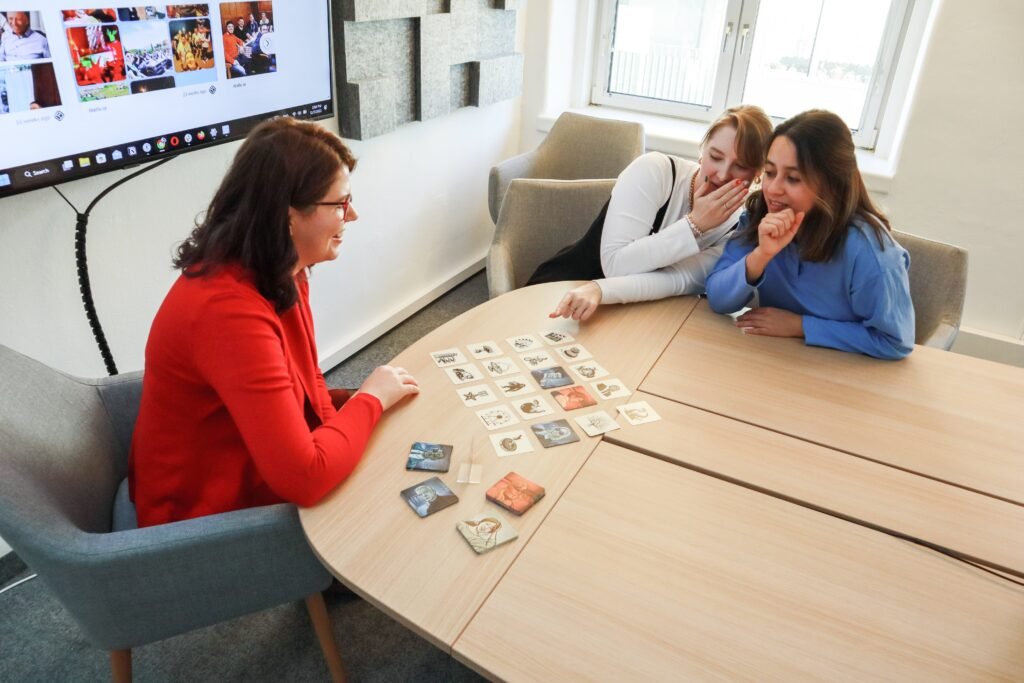
Sensory and Tactile Toys
Sensory and tactile toys provide babies with valuable opportunities to explore different textures and stimulate their senses. Here are some examples of sensory and tactile toys that babies will enjoy:
Soft and Squeezy Toys
Soft and squeezable toys are perfect for babies to hold, cuddle, and explore different textures. They provide a comforting and tactile experience, promoting sensory awareness and soothing your baby during teething or nap times.
Teething Toys
During the teething phase, babies experience discomfort and chew on objects to relieve their sore gums. Teething toys made of safe and non-toxic materials provide relief and help develop their oral motor skills.
Texture Balls and Blocks
Toys with different textures, such as balls with bumps or blocks with raised patterns, allow babies to explore various tactile sensations. Rolling or stacking these toys engages their fine motor skills and stimulates their sense of touch.
Fabric and Touch-and-Feel Books
Fabric toys and touch-and-feel books offer babies a range of textures to explore through touch. These toys encourage sensory exploration and contribute to the development of their tactile senses.
Water Play Toys
Water play toys like bath toys or floating toys engage babies’ senses and make bath time a fun and stimulating experience. These toys enhance their tactile and visual experiences while supporting their overall sensory development.
Role-Play and Pretend Toys
Role-play and pretend toys encourage babies to use their imagination, imitate daily life activities, and explore different roles and scenarios. Here are some popular role-play and pretend toys:
Dollhouses and Playsets
Dollhouses and playsets allow babies to engage in imaginative play and imitate real-life situations. They can create stories and scenarios, learn about family dynamics, and develop their nurturing and social skills.
Toy Kitchen Sets
Toy kitchen sets provide babies with a chance to imitate adults and engage in role-play activities. They can pretend to cook, serve meals, and learn about food and nutrition while developing their creativity and fine motor skills.
Tool Sets and Workbenches
Tool sets and workbenches introduce babies to the world of DIY and problem-solving. These toys enable them to imitate adults, develop fine motor skills through manipulating tools, and encourage creativity and logical thinking.
Dress-Up and Costumes
Dress-up and costumes give babies a chance to express themselves and explore different roles and identities. They can pretend to be superheroes, princesses, or various professions, fueling their imagination and helping them understand different perspectives.
Doctor and Vet Kits
Doctor and vet kits allow babies to immerse themselves in the world of healthcare and animal care. These toys encourage empathy, social skills, and creativity as babies pretend to take care of patients or animals.
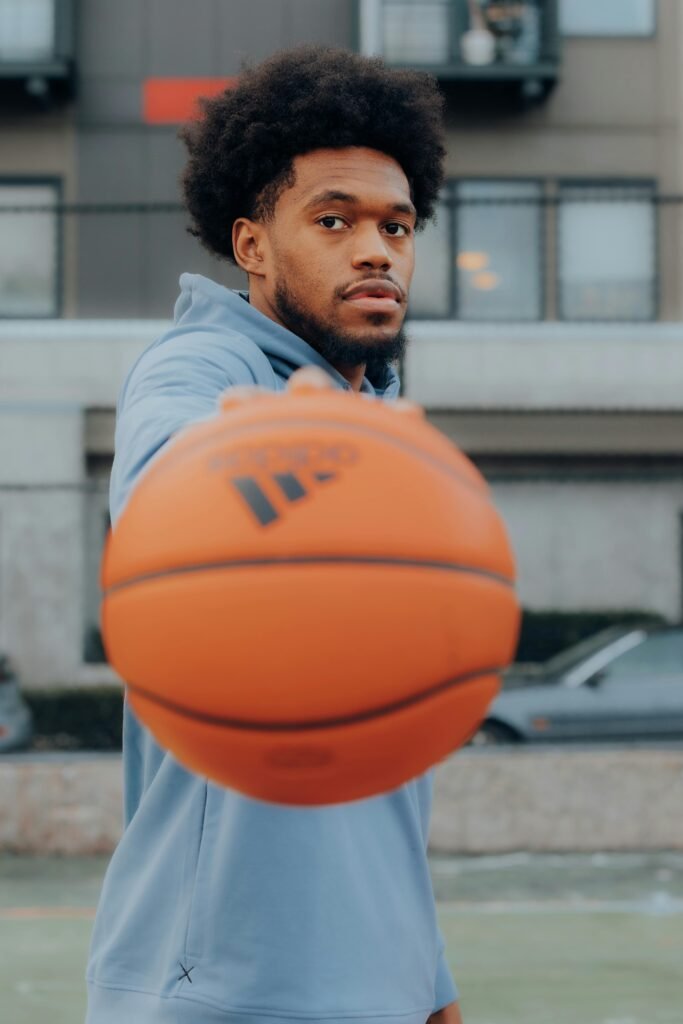
Outdoor and Active Toys
While indoor toys are essential, outdoor toys provide babies with opportunities for physical activity and exploration. Here are some recommended outdoor and active toys:
Swings and Slides
Swings and slides offer babies thrilling experiences while developing their gross motor skills, balance, and coordination. These classic outdoor toys provide hours of fun and contribute to a healthy, active lifestyle.
Ride-On Toys
Ride-on toys like tricycles or push cars allow babies to develop their balance and coordination while having fun. These toys also promote physical activity, strengthen leg muscles, and improve overall motor skills.
Sandboxes and Water Tables
Sandboxes and water tables provide babies with a sensory-rich environment where they can explore the textures of sand and water. These outdoor toys foster imaginative play and help develop fine motor skills through pouring, digging, and building.
Bubble Machines
Bubble machines create a magical atmosphere while encouraging babies to chase, pop, and interact with bubbles. These toys enhance visual tracking, hand-eye coordination, and provide opportunities for physical exercise and outdoor play.
Ball Pits and Tents
Ball pits and tents offer babies a fun and safe space to explore and engage in active play. Crawling, rolling, and throwing soft balls enhance their gross motor skills and overall physical development.
Technology and Electronic Toys
Technology and electronic toys, when used judiciously, can provide interactive and educational experiences for babies. Here are some examples of technology-infused toys suitable for babies:
Educational Tablets
Age-appropriate educational tablets designed specifically for babies offer interactive learning experiences. These tablets introduce letters, numbers, shapes, and colors through games and activities, supporting babies’ cognitive development.
Musical and Light-Up Toys
Musical and light-up toys capture babies’ attention with catchy tunes, flashing lights, and vibrant colors. These toys promote sensory stimulation, auditory recognition, and can even teach cause and effect relationships.
Interactive Learning Games
Interactive learning games, available as apps or physical toys, encourage babies to solve puzzles, learn vocabulary, and engage in various educational activities. These games cater to different developmental areas and promote cognitive growth.
Robot Toys
Robot toys designed for babies provide interactive experiences that promote social interaction, curiosity, and early STEM concepts. Some robot toys can respond to touch or voice commands, offering engaging and educational interactions.
Digital Cameras for Kids
Digital cameras designed specifically for babies allow them to explore their world through the lens. These cameras encourage creativity, observation skills, and can even spark an interest in photography from a young age.
DIY and Craft Toys
DIY and craft toys inspire babies to express their creativity, imagination, and fine motor skills. Here are some examples of DIY and craft toys suitable for babies:
Play-Doh and Modeling Clay
Play-Doh and modeling clay provide babies with a tactile and creative experience. They can mold, shape, and create different objects, encouraging fine motor skills, imagination, and sensory exploration.
Craft Kits for Painting and Drawing
Craft kits that involve painting, drawing, or coloring allow babies to express themselves artistically. Finger painting, using watercolors, or drawing with crayons develops their fine motor skills, hand-eye coordination, and nurtures their inner artist.
Building and Construction Sets
Building and construction sets, such as LEGO Duplo or Mega Bloks, enable babies to create structures and unleash their imagination. These toys promote problem-solving, spatial awareness, and fine motor skills.
Science Experiment Kits
Age-appropriate science experiment kits introduce babies to basic scientific concepts. Activities like creating volcanoes, growing crystals, or observing plant growth foster curiosity, critical thinking, and promote hands-on learning.
Origami and Paper Crafts
Origami and paper craft kits teach babies about folding and creating various paper shapes. These crafts enhance fine motor skills, spatial reasoning, and creativity, while also exposing babies to different cultural traditions.
Toy Maintenance and Cleaning Tips
To ensure your baby’s toys stay safe and in good condition, it’s important to follow proper maintenance and cleaning practices. Here are some tips to keep in mind:
Regularly Inspect for Wear or Damage
Regularly inspect your baby’s toys for any signs of wear, damage, or loose parts. Check for broken pieces, frayed edges, or worn-out materials. Discard any toys that are beyond repair or pose a potential safety risk.
Follow Manufacturer’s Cleaning Instructions
Follow the cleaning instructions provided by the toy manufacturer. Some toys may be machine washable, while others may require hand washing or surface cleaning with a mild detergent. Avoid using harsh chemicals or bleach that could be harmful to your baby.
Sanitize Toys When Sharing with Others
If your baby shares toys with other children, it’s essential to sanitize them regularly. Wipe down plastic or washable toys with disinfecting wipes or use a mixture of water and mild soap to remove germs. Allow the toys to air dry before letting your baby play with them again.
Store Toys Properly to Avoid Damage
Properly storing toys when not in use prevents damage and promotes longevity. Use toy bins, shelves, or storage boxes to keep toys organized and protected from dust or sunlight. Keep age-appropriate toys separate and easily accessible for your baby.
Replace Batteries if Required
If a toy requires batteries and they run out, replace them promptly. Ensure you use the appropriate type and size of batteries as specified by the manufacturer. Regularly check battery compartments for any corrosion or leakage and clean as necessary.
In conclusion, toy play is an integral part of a baby’s development, offering a range of physical, cognitive, social, emotional, and creative benefits. By selecting age-appropriate toys and following safety guidelines, you can provide your baby with a stimulating and safe play environment. Interactive and educational toys, sensory and tactile toys, role-play and pretend toys, outdoor and active toys, technology and electronic toys, DIY and craft toys, and proper toy maintenance are all crucial aspects to consider when choosing toys for your baby. With the right toys and a nurturing environment, you can support your baby’s growth, learning, and overall well-being during these crucial early years.

